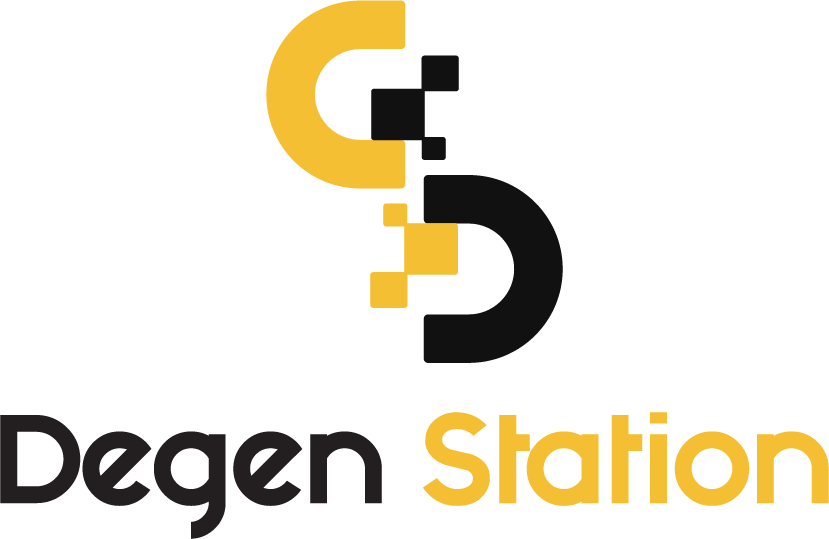Ethereum Faces Issues on Testnet Ahead of Shanghai Hard Fork

Ethereum's testnet Zhejiang has encountered several bugs before the upcoming Shanghai hard fork, though these issues are not expected to impact the rollout of the ETH staking withdrawal feature.

Ethereum Encounters Development Issues on Testnet Ahead of Shanghai Hard Fork
Ethereum's testnet Zhejiang has revealed synchronization bugs in the Ethereum client nodes, but these are expected to be easily fixable. Developer Marius VanDerWijden has assured that these issues will not affect the timeline for the Sepolia testnet trial scheduled for February 28.
The last 4 and a half stressful hours of debugging culminated in this amazing bug fix. We got reports that geth nodes wouldn't sync the Zhejiang devnet correctly. The issue was that if a block body was empty (no tx, no withdrawals) we wouldn't initialize it correctly pic.twitter.com/TVS7k76eyO
— MariusVanDerWijden (@vdWijden) February 16, 2023
The recent test of the ETH staking withdrawal feature on Zhejiang saw participation from 600,000 network validators. However, only 360,000 of them updated their staking withdrawal credentials in time for the hard fork.
Developer Tim Beiko reported a surge in RAM and CPU usage, prompting the Ethereum team to assess the number of validators that lost connectivity over the coming days.
The test also uncovered an issue between the Prysm client, which operates under Proof-of-Stake, and the Besu client, which is designed for permissioned use cases. Prysm expects a certain amount of feedback for proper synchronization, but Besu imposes response limits that resulted in data falling below the necessary synchronization threshold. The Besu team is currently reviewing this problem.
This test also revealed a Prysm <> Besu issue, where Besu limits the number of responses it sends via RPC to prevent DoS, but Prysm expected a higher number of responses than Besu's current limit. The Besu team is currently looking into this.
— timbeiko.eth (@TimBeiko) February 16, 2023
After discussing optimization strategies for clients, the Ethereum development team has decided to completely ban transactions with type 4844. This change will alter client assumptions about transactions and could complicate the setup process.
After some back and forth, we agreed to completely ban them for now. This will make things simpler for clients in their initial implementation, and it's always easier to relax a constraint than add a new one.
— timbeiko.eth (@TimBeiko) February 16, 2023
Additionally, developers have debated how to proceed with the deprecation of the “SELFDESTRUCT” opcode, which terminates contracts, removes contract bytecode from the blockchain, and routes funds to a specified address.





